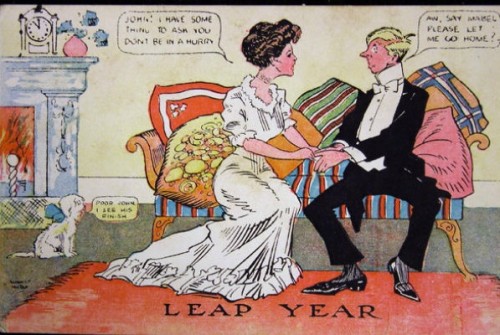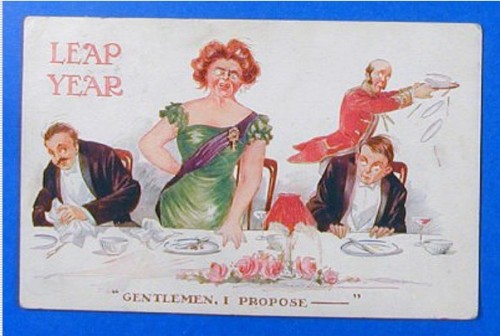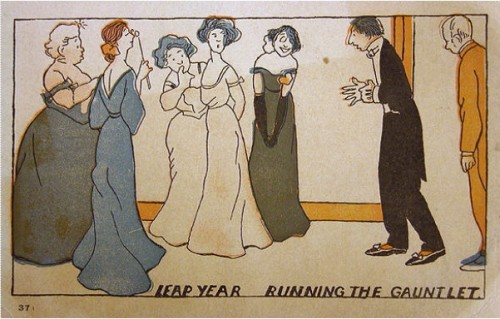Earlier this year we uncritically posted a spoken word poetry performance about prejudice against short men. Geoffrey Arnold, who uses his blog, The Social Complex, to highlight heightism, had this to say about our tacit approval…
I’ve gotten some e-mails and criticism lately for an entry on this blog which was recently featured on the Sociological Images website. In this entry, I posted a video of a Def Poetry Slam entitled “Death From Below” and asked the rhetorical question whether the video depicted “Short guys making fools of themselves? Or poetry with a message, delivered through humor?” I should have elaborated further, but I neglected to at the time.
…
The problem with Dan Sully & Tim Staffor’s poetry slam about being short is that it does not clearly convey the message that heightism is wrong. In fact, as one commenter put it, the pair seem only to perpetuate numerous false stereotypes about short men. Quite simply, the commentary which may underline their performance is too subtle for a general audience. Instead of standing up for those who are the targets of height bigotry, it seems to me that these two are basically playing the role of the short male buffoon. They are humiliating themselves and their bodies for the entertainment of others. Any point which they are trying to make (and I’m not so sure that there is a point here) is lost in their performance. Additionally, beyond their performance itself, some of their comments actually have the effect of supporting heightism instead of undermining it (“little man complex” as motivation for being healthy and “can’t date girls in heels people”).
Just the fact that they attempted to deliver their message through comedy is troubling when one considers that other groups rarely engage in this sort of behavior. There is already a stigma against short men as people who are not to be taken seriously and so it doesn’t help when a short man publicly presents his body as a target for ridicule.
—————————
Geoffrey Arnold is an associate with a mid-sized corporate law firm’s Business Litigation Practice Group. When Geoffrey isn’t chasing Billable Hours in the defense of white-collar criminals, he is most likely writing about social justice with a special emphasis on height discrimination at his blog: The Social Complex. See also Geoffrey’s guest post introducing the concept of heightism as a gendered prejudice.














